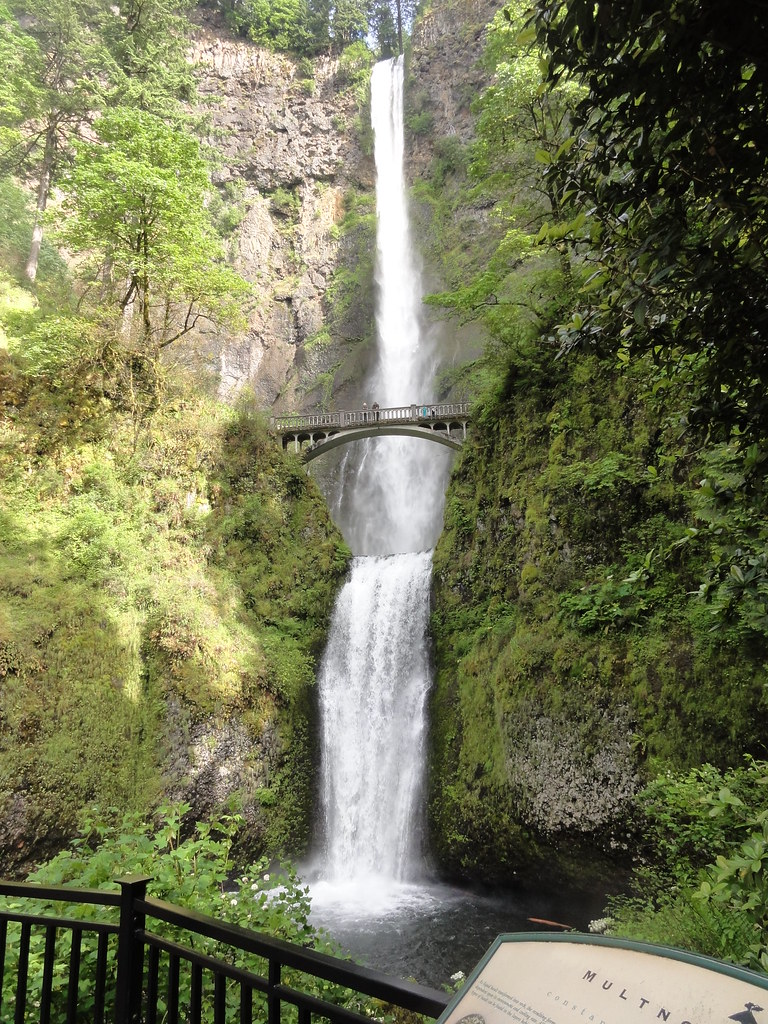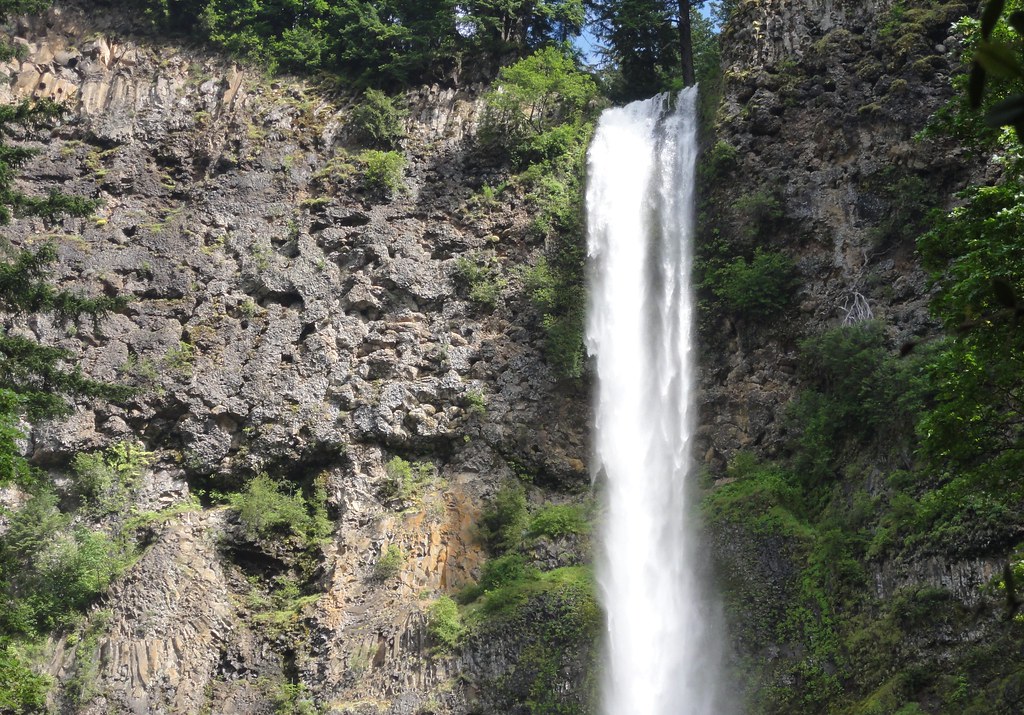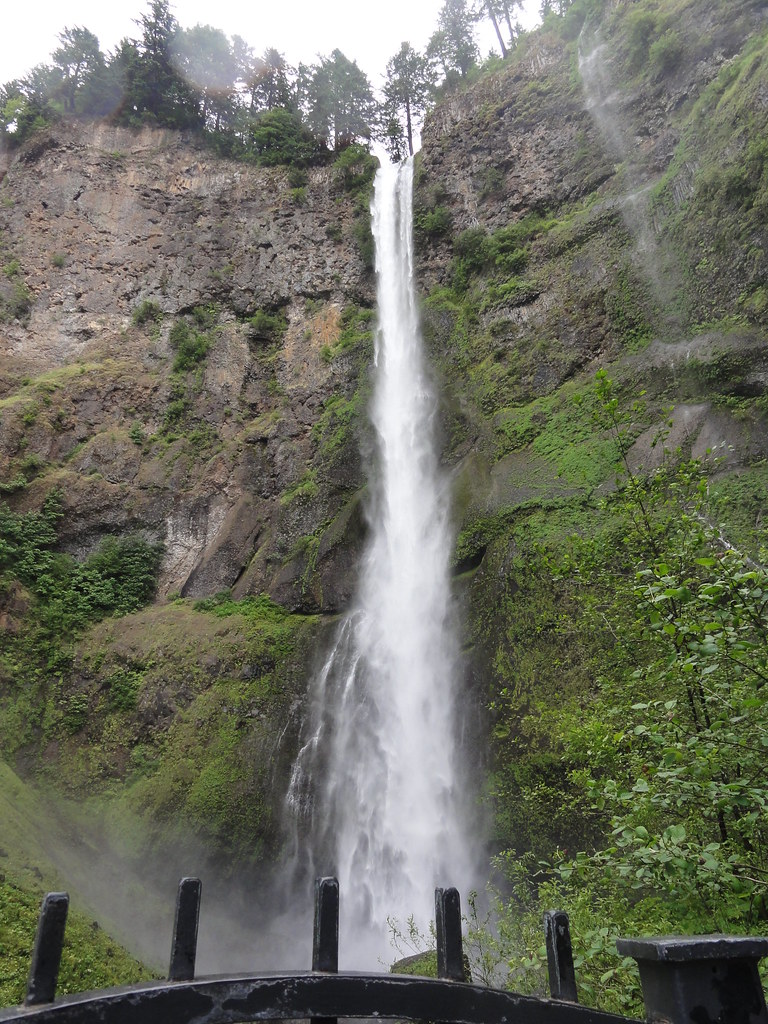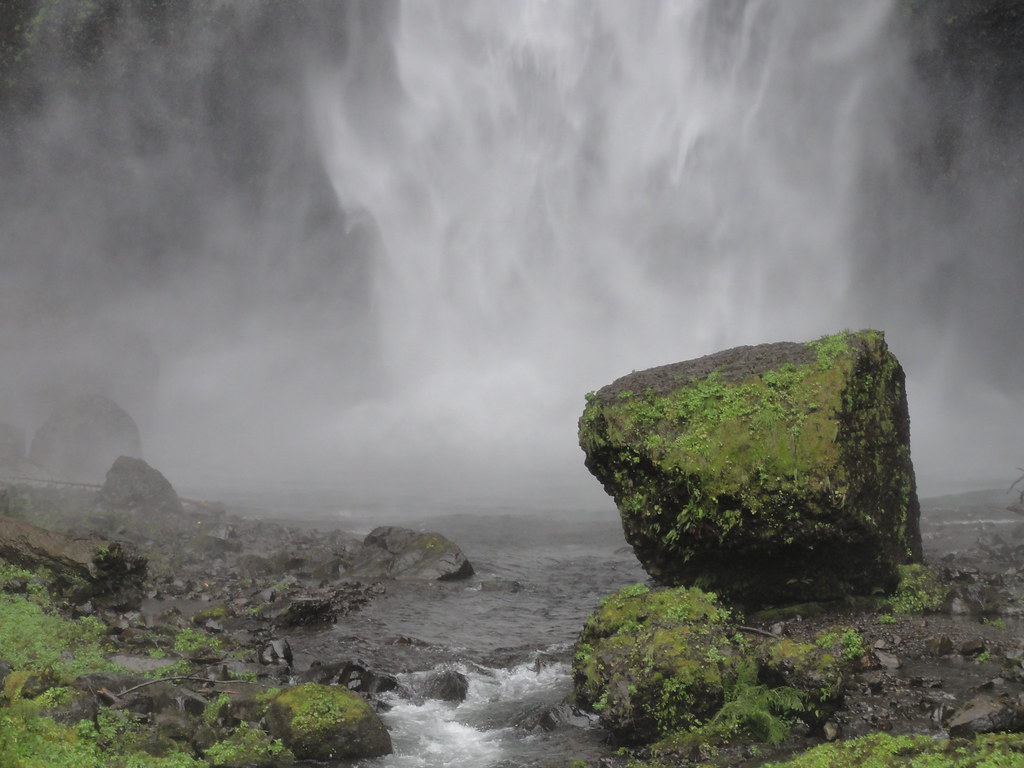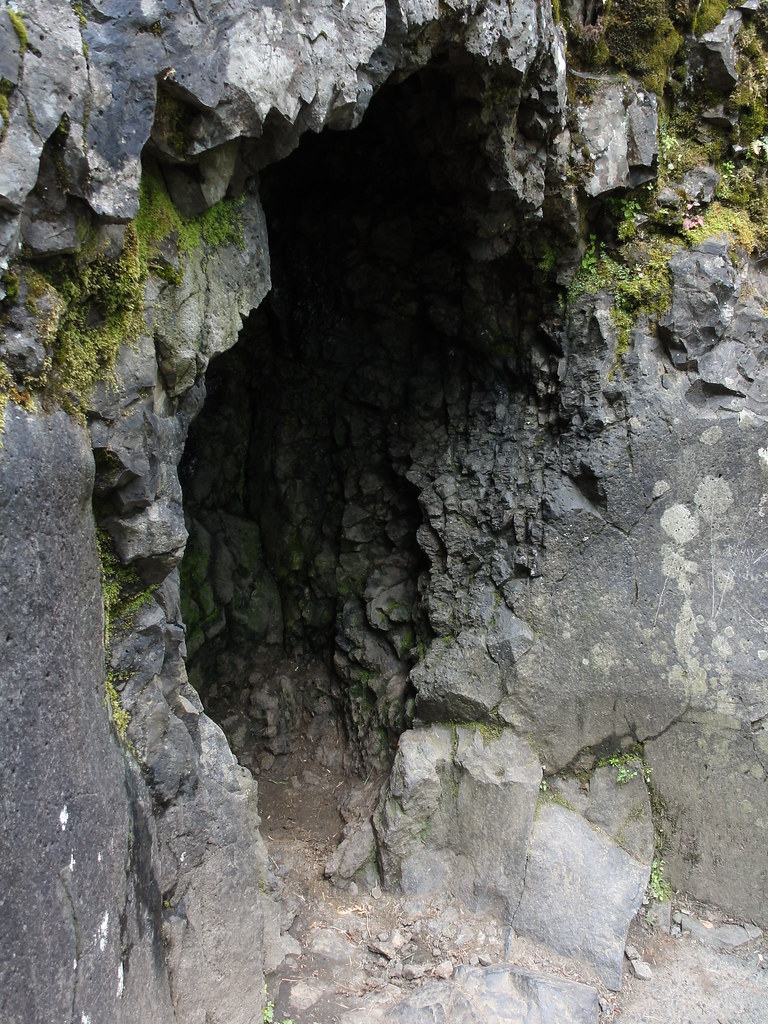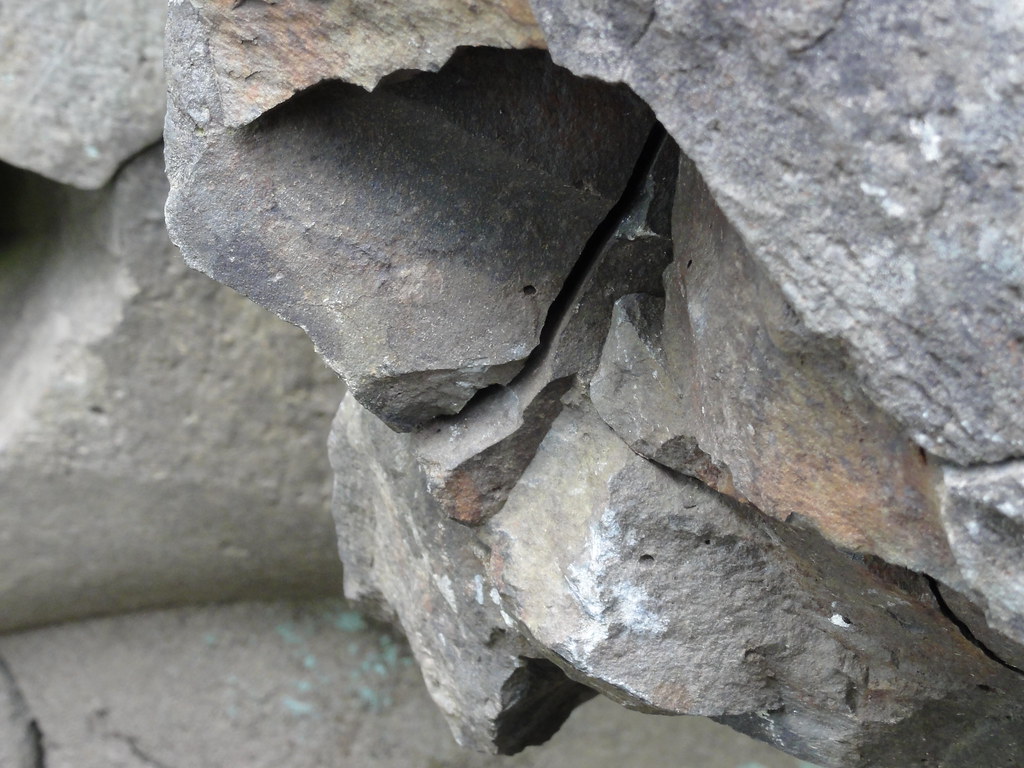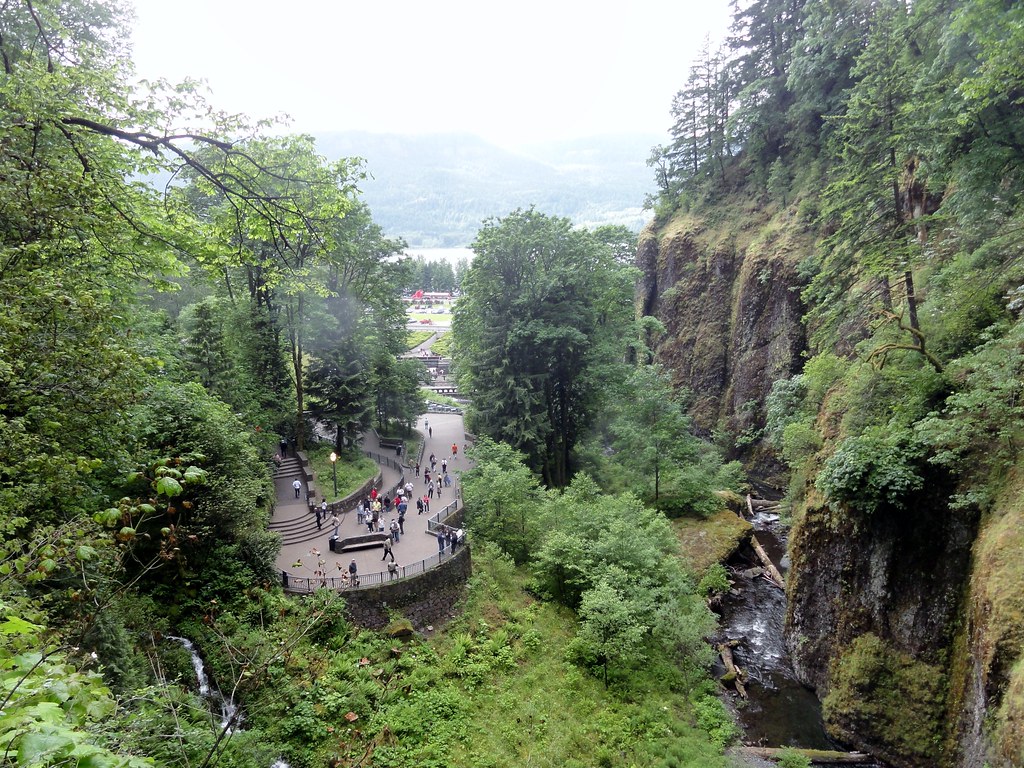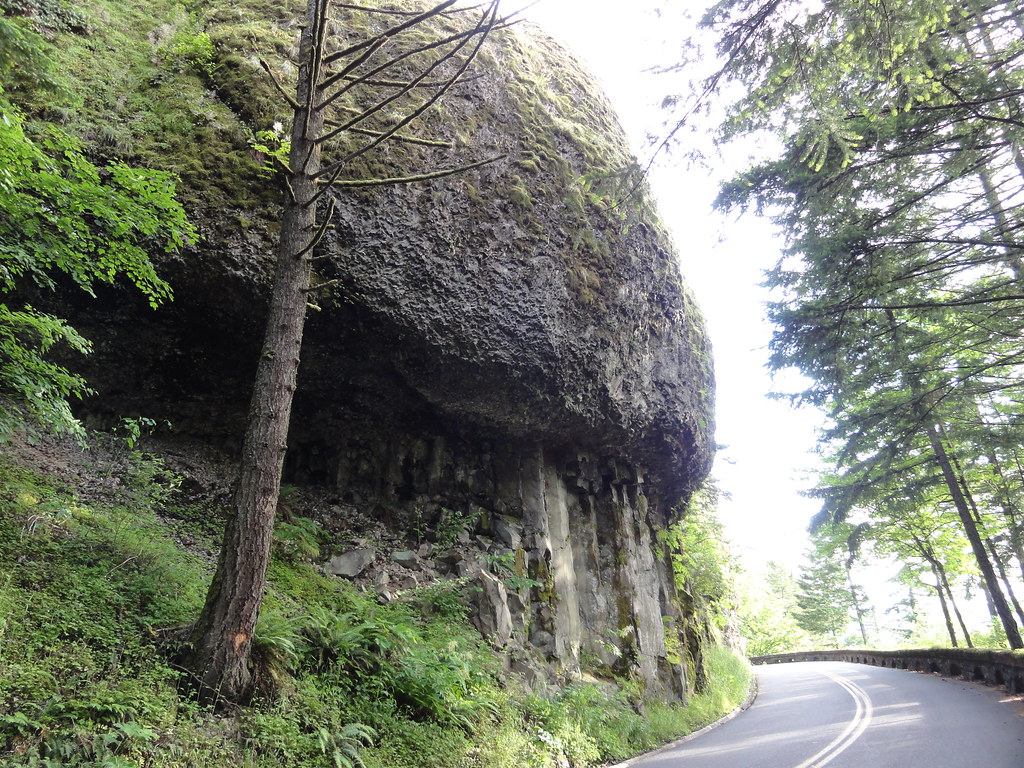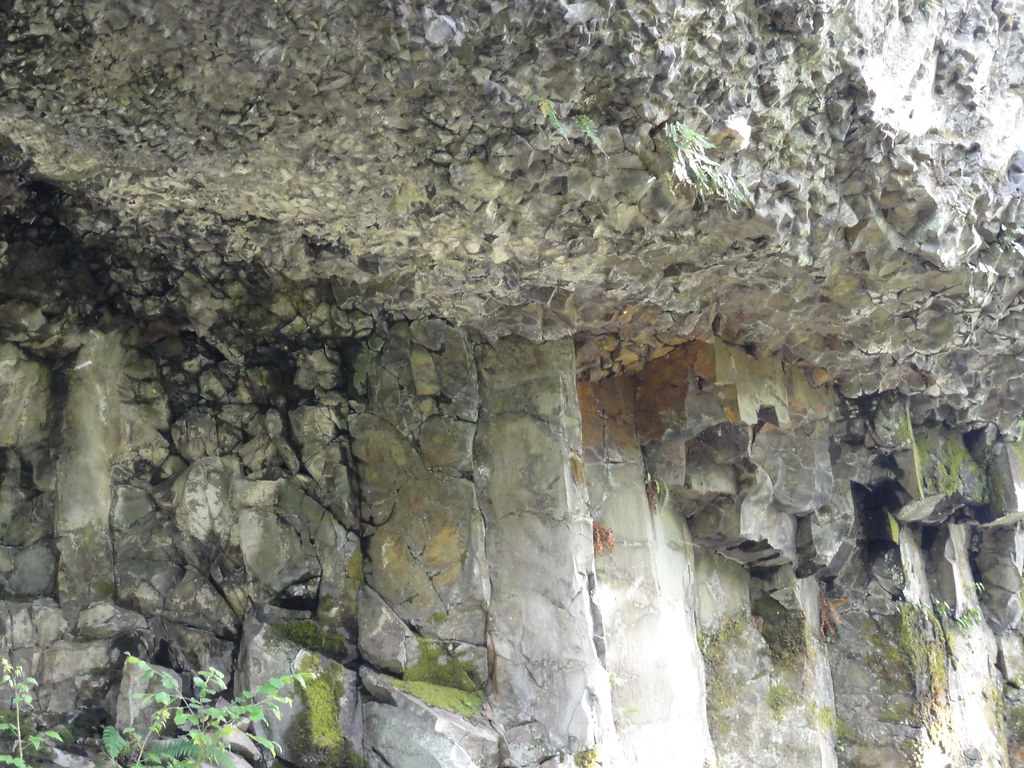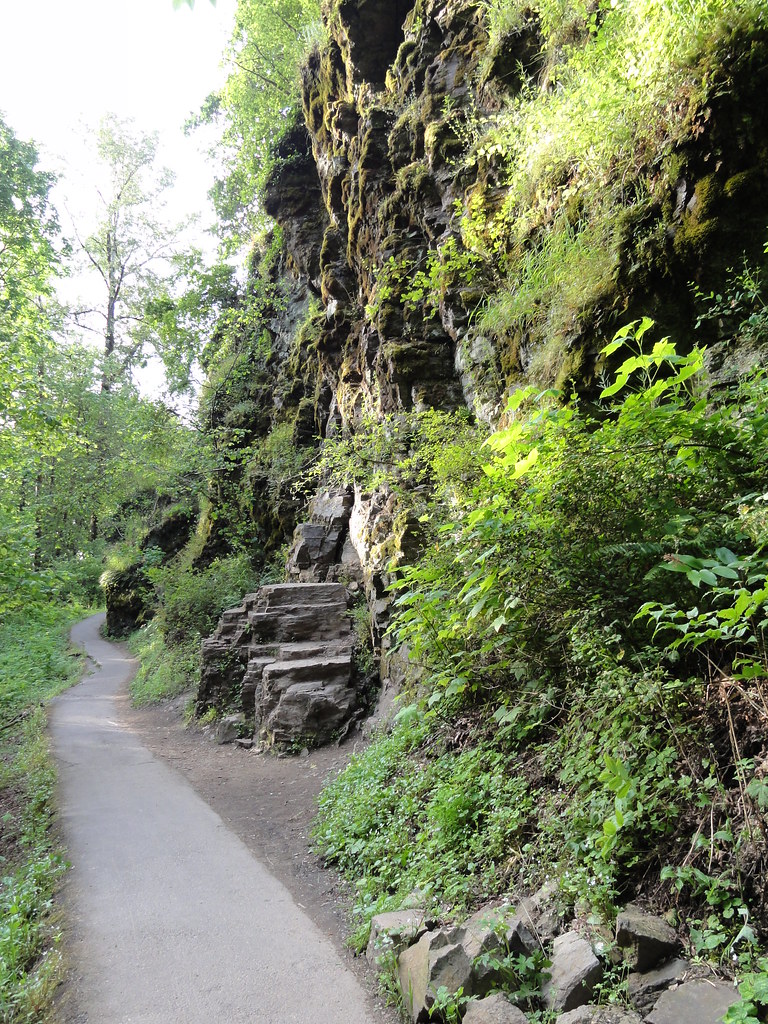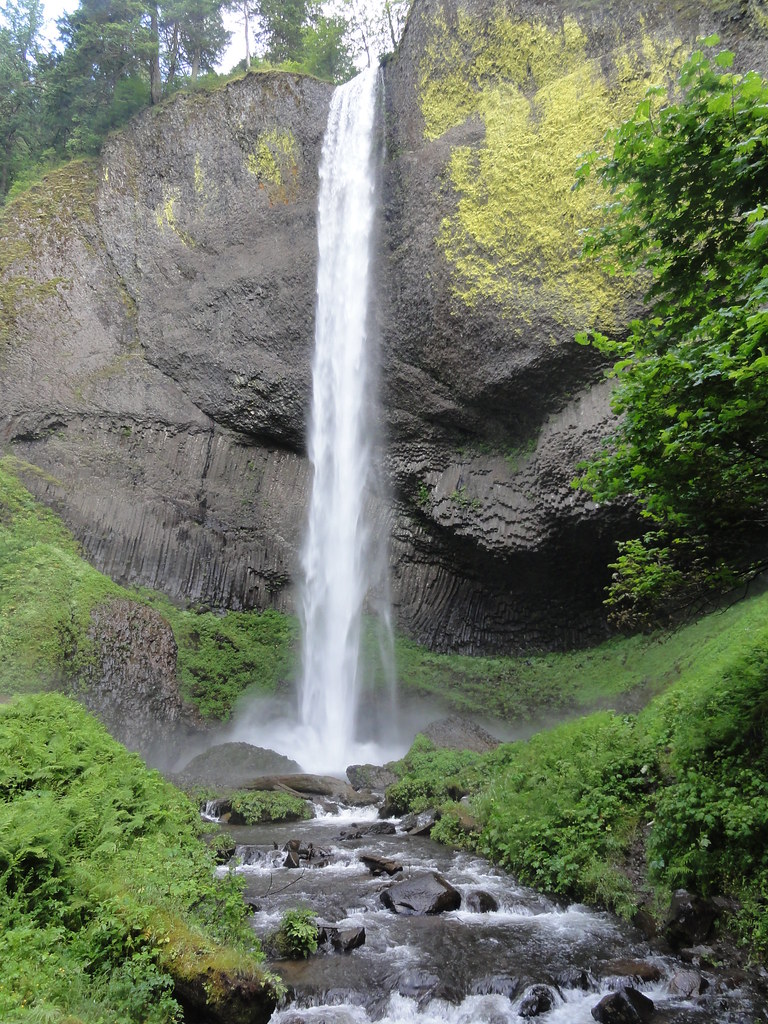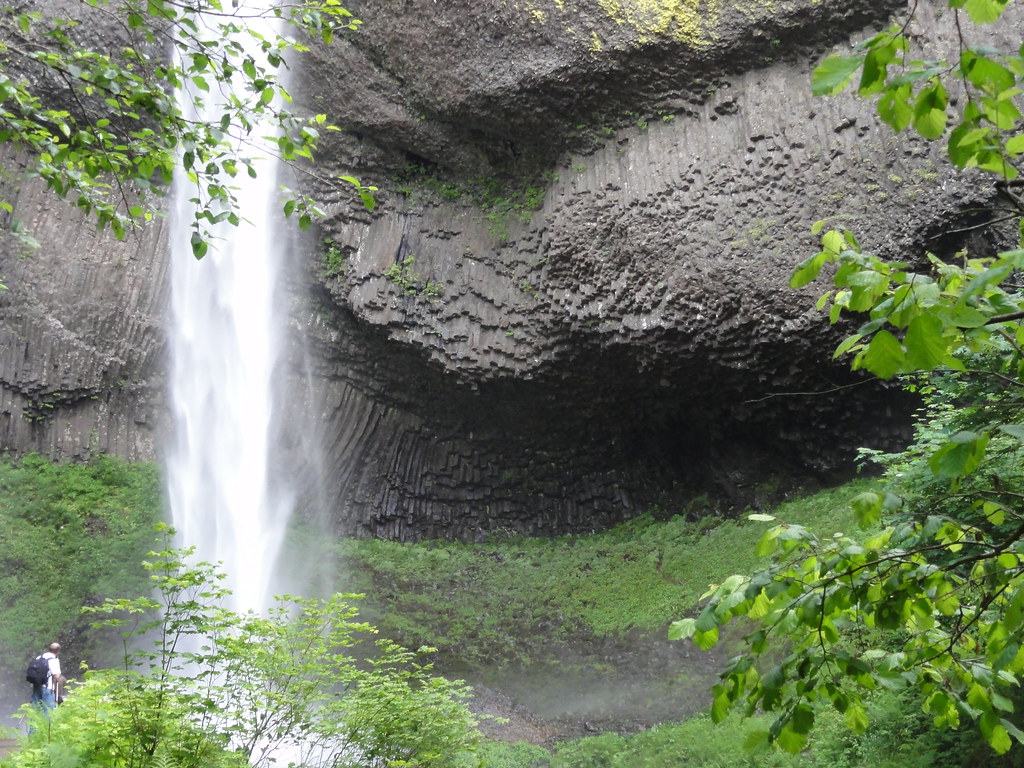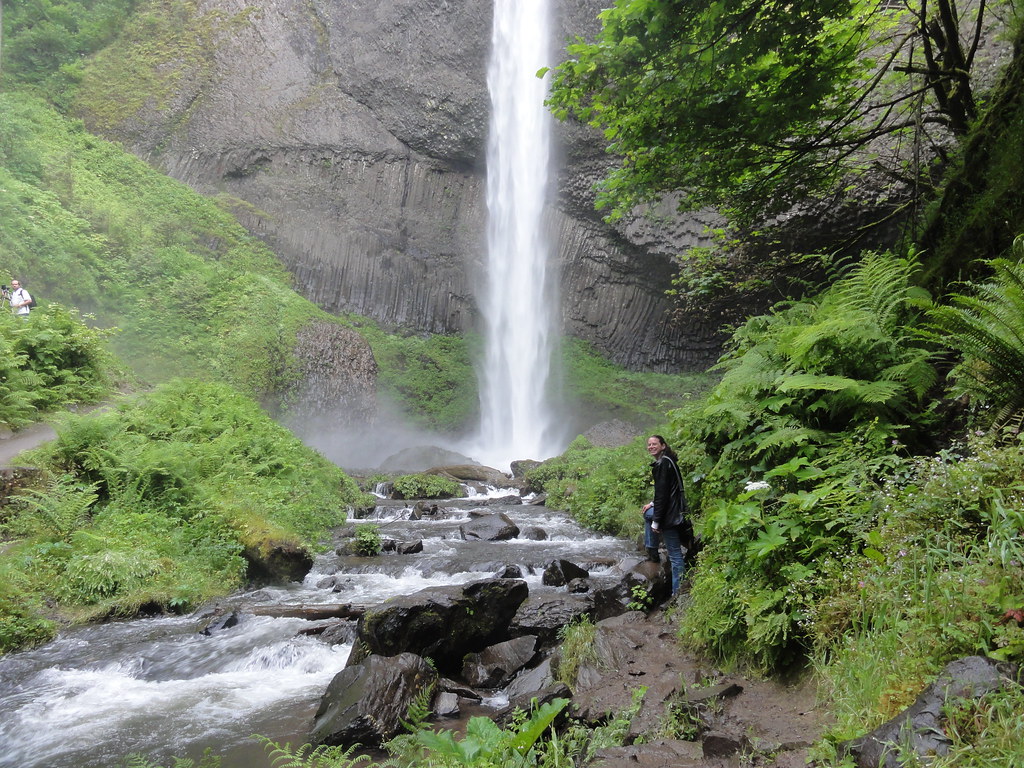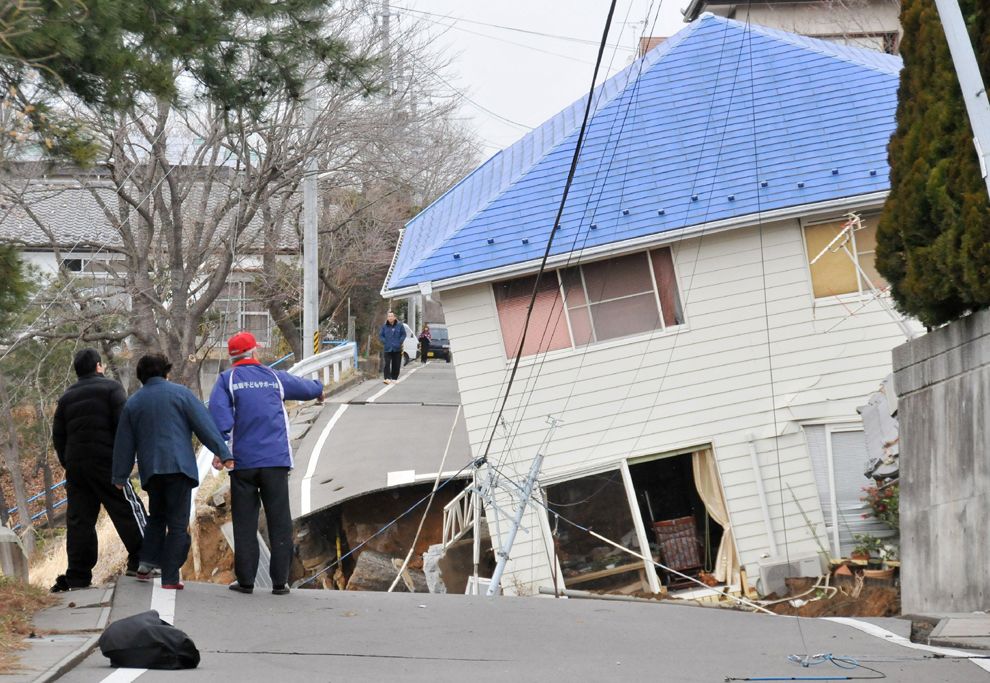 |
| Collapsed House and Road, Japan |
What words are there for something like this? The power of the earthquake that struck Japan, the chaos it caused, seem beyond the ability of language to grasp. Pictures and video convey some of what it means to be fragile bags of organic matter living on the skin of an earth that sometimes convulses. But even they can’t make sense of it. I suspect there’s no sense to be made, when it comes right down to it. This is just geology, and it’s to be expected, and we do the best we can to hold on when the earth moves, then deal with the destruction left behind. There’s no reason, no purpose, just a reality we have to live with.
So, all of you who’ve watched those doomsday earthquake programs on your teevees: this is what a megathrust earthquake looks like. The plates slip, and the earth shakes so hard the whole planet moves, and an entire ocean is set in motion. The only reason you won’t hear on the news that hundreds of thousands or millions of people died is because the Japanese were smart and looked into their future and realized that to live life on a subduction zone, you have to take some precautions. So you can’t measure this disaster in the cost of human lives. There were a lot of lives lost. It could climb into the high thousands, the tens of thousands, before this is done, but because the Japanese looked into the future without flinching, and spent the money to harden themselves as a target, the lives lost won’t scale with the scope of this earthquake. No, we’ll have to look at things like the fact an entire country got moved by several feet, or that entire coastlines got altered in an instant, wiped out, washed away, to see how truly enormous this is.
Had it happened here, you could have used human lives to scale it. We in the northwestern bit of America haven’t hardened the target enough. Can’t be bothered to spend the money or the political capital, can’t be bothered to face the future without flinching, would rather pretend it can’t happen here. But oh, it can. And it will. The only question is when. Today? Tomorrow? Next year, or decade, or century? We don’t know. Good Mother Earth probably gives us some warning when she’s about to lose her grip, but we don’t yet understand what she’s saying. We’ll only know when the shaking starts, and by then it will be too late to build structures that can survive a megathrust earthquake, and to create the escape routes people will need when it’s time to move to high ground before the world has even stopped shaking. Too late to mitigate the damage. Too late.
So why live here? I asked myself as the tsunami rolled toward our shores and I had to face the fact that what had just happened half a world a way could just as easily been happening right here, right now, right this instant.
And the answer is that it’s worth the risk. No guarantees anywhere. No perfectly safe haven on this planet. Maybe no subduction zone earthquake and tsunami in the interior of the continent, but other disasters await: drought, tornadoes, floods, fires, volcanoes, an out-of-control bus. Nowhere on this earth am I guaranteed to live without catastrophe. No place on the planet where something, whether natural or man-made, geological or biological, won’t be waiting to kill me. So why not here? Why not take this slightly higher risk in return for life in a fantastically beautiful place? Why not?
It would just be nice if our building codes made the calculation of risk a little more friendly, is all.
In Japan, they prepared as best they could, and they’re people who know how to rise up from the ruins of a disaster and keep on going. The country will never be the same. But they’ll rescue the survivors, bury the dead, clean up the debris: they won’t give up, won’t give in to despair. They’ll go on, they will, one of the most beautiful civilizations on the planet. And after this is done, they’ll be a little bit more prepared for the next one, and if we’re wise, we’ll follow their example.
It’s just a catastrophe, is all.
For those looking for good resources on the quake and its aftermath, Silver Fox has an excellent list o’ links. Lockwood’s been collecting pictures, video, and has quite a few good thoughts on various matters. Callan’s been on top of it from the first morning, not to mention the morning after, and has one of those read-it-or-else type of posts up on secondary effects. Evelyn’s dad was kind enough to lend his expertise to the whole business of damaged nuclear reactors. And Chris Rowan, of course, came through with one of his fantastic explanations of how the earth moved. He’s like a geological medical examiner.


